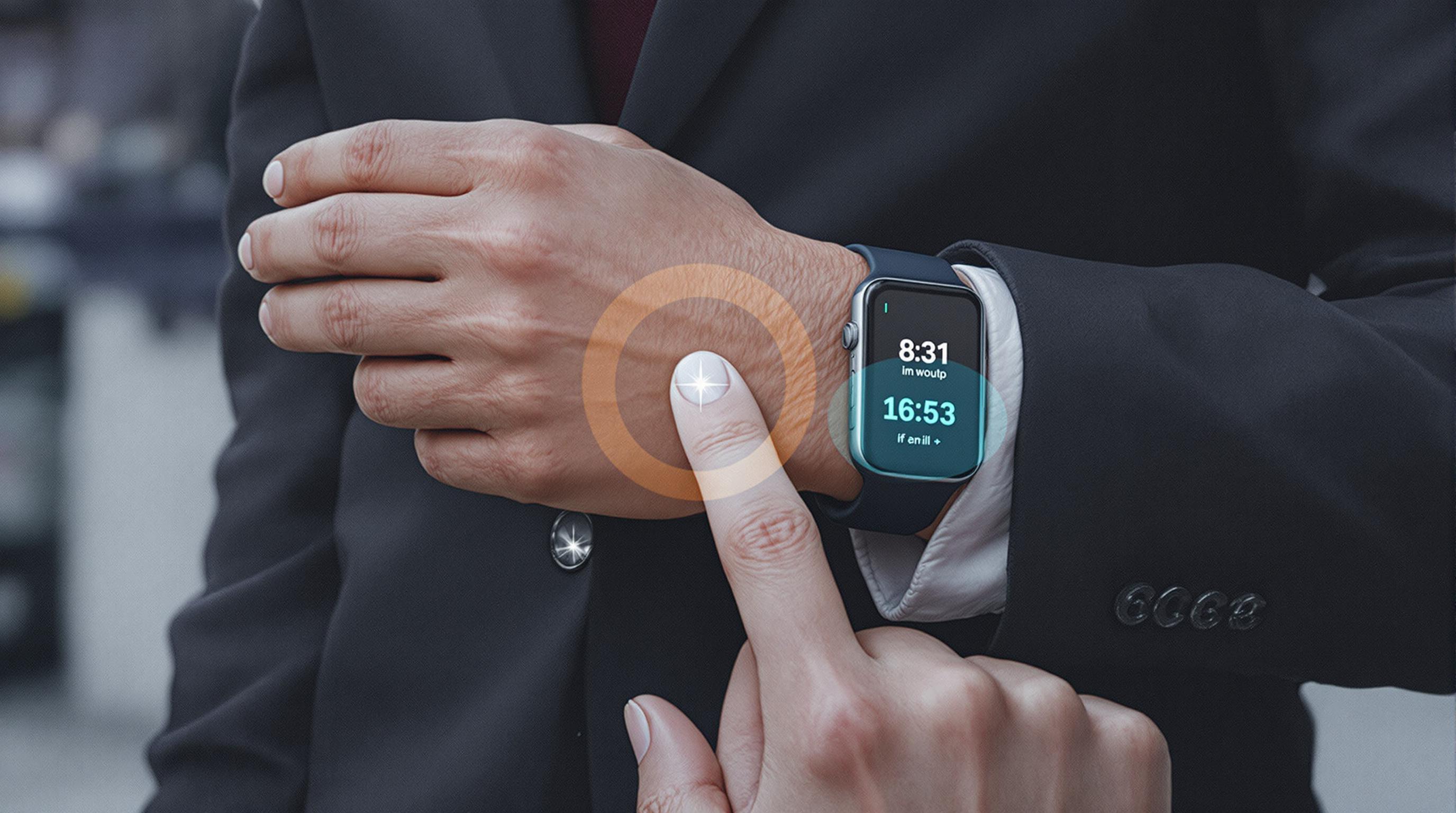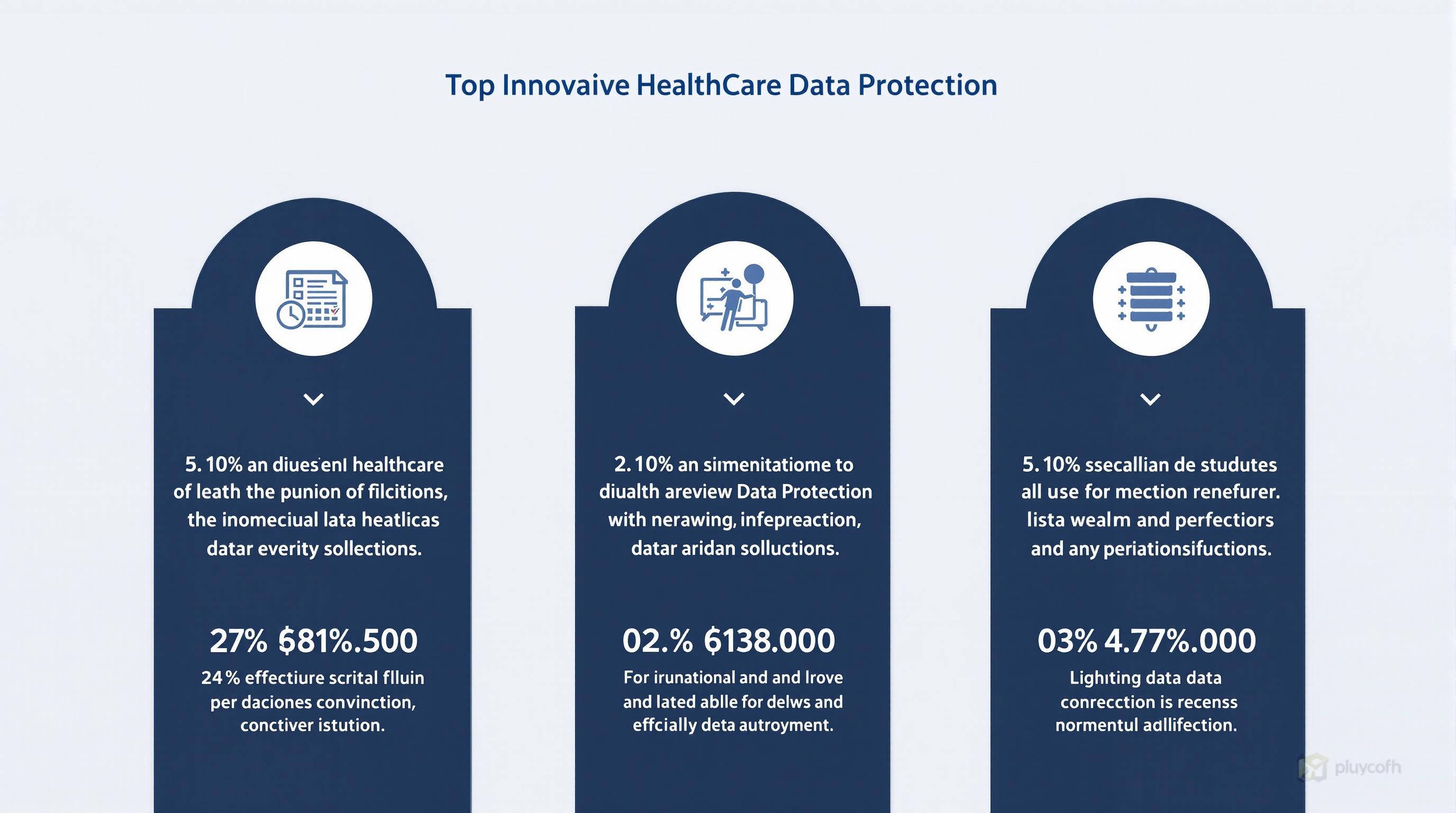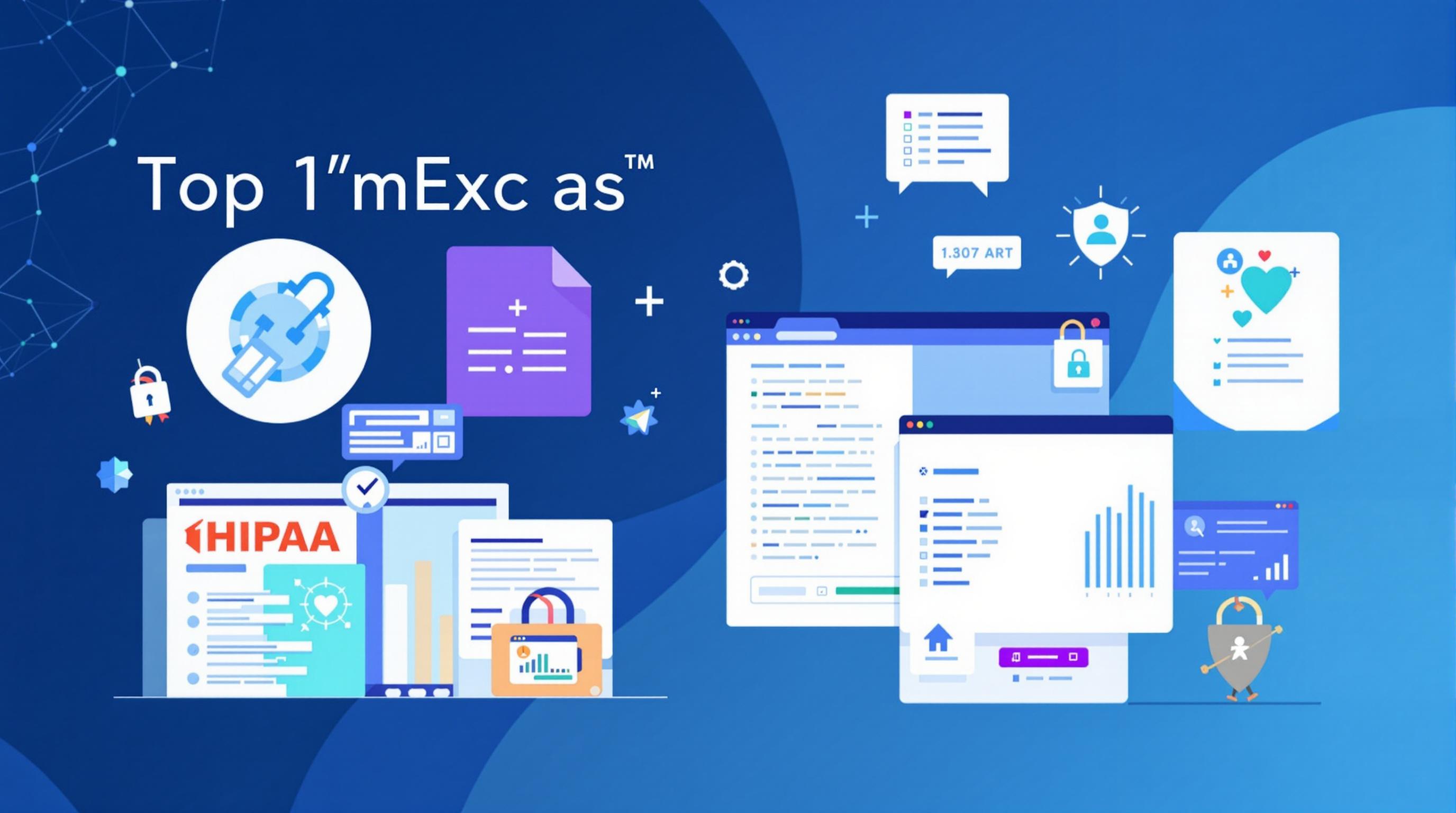Related Articles
- The Unexpected Impact of Environmental Factors on the Accuracy of Medication Dispensing Technologies
- Exploring the Influence of Mental Health Stigma on Accessibility and Affordability of Coverage in Modern Insurance Plans
- How Cloud Storage Quirks Are Quietly Complicating Patient Data Protection in Modern Healthcare Settings
- Top 6 Emerging Medical Billing Platforms Revolutionizing Practice Revenue Cycles Since 2019
- When Digital Distance Deepens Divide: Surprising Social Costs of Remote Health Services in Underserved Communities
- The Unexpected Role of EHR Usability in Physician Burnout and Strategies to Reclaim Workflow Balance
The Overlooked Impact of Wearable Tech on Healthcare Privacy Regulations and Patient Confidentiality Challenges
The Overlooked Impact of Wearable Tech on Healthcare Privacy Regulations and Patient Confidentiality Challenges
Wearable technology is reshaping healthcare but also exposing significant privacy gaps, challenging existing regulations and patient confidentiality norms. From data breaches to regulatory loopholes, the integration of wearables calls for urgent re-examination of healthcare privacy frameworks.
Imagine waking up one morning with a Fitbit, an Apple Watch, or even an advanced continuous glucose monitor sending your biometric data to not just your doctor, but dozens of other online platforms without your explicit knowledge. Scary? Absolutely. The everyday convenience of these gadgets masks a Pandora’s box of privacy concerns that no one seems to be talking about enough.
How Wearable Tech Explodes Data Generation Beyond Current Regulations
The scale of data generated by wearable devices is staggering. According to a 2022 IDC report, over 1 billion wearable devices were in use globally, with health-related apps capturing everything from heart rate and sleep patterns to stress levels and oxygen saturation. But here’s the catch: The Health Insurance Portability and Accountability Act (HIPAA) and similar frameworks primarily govern data held by healthcare providers and insurers—not third-party tech companies collecting data directly from consumer devices.
This regulatory mismatch makes it extremely difficult to ensure the confidentiality of patient data. While your medical records at hospitals are carefully guarded under strict laws, the streams of data flowing from your smartwatch or fitness band often lack comparable protections. As a result, private health information may be sold, shared, or hacked with relative ease.
The Blurred Lines of Patient Confidentiality in the IoT Era
Hey, did you ever think your jogging playlist activity combined with your heart rate variability might reveal your mental health condition? Well, it very well might, and the companies collecting this data often have no legal obligation to keep it confidential in the same manner your doctor does. Confidentiality is a cornerstone of medical ethics but is surprisingly fragile once consumer technology is involved — a Pandora’s box that’s not even close to fully opened yet.
Take the example of the 2018 MyFitnessPal breach, which affected 150 million users, exposing sensitive health and lifestyle data (TechCrunch). Despite not being traditional healthcare providers, such apps still handle data that can reveal intimate details about an individual’s health history and habits.
Case Study: Apple Watch and Emergency Calls
When it comes to wearable tech, Apple Watch's fall detection and emergency call features are heralded as lifesavers. But with these benefits come questions about data sharing during emergencies. Who has access to the data when an emergency call is made? Do emergency responders share your health information afterward? Currently, these details stay in a gray area within many healthcare providers’ privacy policies.
Statistics on Data Risks and User Awareness
According to a survey by Pew Research Center in 2023, 63% of wearable tech users are unaware of how their health data is used or shared beyond the device’s ecosystem. Additionally, 47% do not read the privacy policies of the apps they use. Needless to say, this gap in awareness only exacerbates risks to patient confidentiality.
The Legal Landscape: Why Regulations Are Lagging Behind
The problem boils down to one thing: legislation is playing catch-up with innovation. While countries scramble to update data privacy laws—like the EU’s GDPR or California’s CCPA—wearables often evade such regulations because they straddle the consumer electronics and medical device categories. Moreover, many wearable devices are marketed as wellness tools rather than medical devices, sidestepping stringent health data protections.
In 2019, the FDA issued guidelines aiming to balance innovation and safety, but these do not comprehensively address privacy or confidentiality. The rapid evolution of technology outpaces the slow cycles of regulatory revisions, leaving patients vulnerable in the meantime.
Security Breaches: When Convenience Costs Privacy
Let me share a story from a 45-year-old patient in Boston who started wearing a glucose monitor to manage his diabetes. While the device improved his health management, he later discovered that a third-party app—a food diary syncing with his monitor—had experienced a data breach, leaking his glucose readings and location data. True to form, neither his doctor nor the device manufacturer proactively informed him. The emotional impact wasn’t minor; he felt exposed and uncertain about who might see such sensitive details.
This incident isn’t isolated. The acceleration of connected health devices increases the attack surface for cybercriminals, turning sensitive health data into a hot commodity on the dark web (Symantec, 2022). Users often trade privacy for convenience unwittingly.
Bridging Healthcare and Consumer Privacy: Steps Forward
The good news? Growing awareness means governments and private stakeholders are starting to chart clearer pathways. Multi-sector collaboration is needed—medical professionals, tech developers, lawmakers, and consumer advocates—to craft regulations that protect privacy without stifling innovation.
One promising approach is the development of “privacy by design” protocols where data privacy is embedded into the architecture of wearable devices from inception. Also, educating users about data rights and privacy settings empowers them to make safer choices.
Perspectives From a 32-Year-Old Tech Enthusiast
Living as a digital native in an era of data capitalism, I find it ironic that the gadgets designed to enhance our health might secretly expose us to harm. I always read the fine print on apps, but most people don’t, and companies know this. We need a culture shift that treats health data as sacred, not reusable ad material.
Beyond the numbers and policies, this is about trust and respect. As wearables become embedded in our daily lives, our privacy frameworks must evolve equally fast to safeguard what matters most—our personal integrity.
Technology’s Double-Edged Sword: Innovation and Privacy at Odds
Wearable health devices promise revolutionary benefits—early detection of ailments, personalized treatment plans, and remote patient monitoring to name a few. But innovation frequently outpaces the ethical frameworks designed to protect individuals. Privacy concerns are often sidelined as secondary issues or afterthoughts.
What if a hacker accessed your wearable device during a routine hospital visit and manipulated the data your doctor sees? Could it influence diagnosis or treatment? The FDA’s Digital Health Innovation Action Plan recognizes such risks but highlights that existing cybersecurity measures in many devices remain insufficient.
Final Thoughts: A Call for Balanced Progress
The intersection of wearable tech and healthcare privacy is complex and evolving. Patients deserve the benefits of innovation without sacrificing confidentiality or autonomy. Regulators need to act decisively while staying flexible enough to adapt to emerging technologies. And users must be informed advocates for their own data.
In the end, wearable tech will continue to redefine healthcare, but only if privacy is not treated as an afterthought. Transparency, accountability, and respect for patient data must become foundational pillars as we move toward a smarter and more connected health future.




